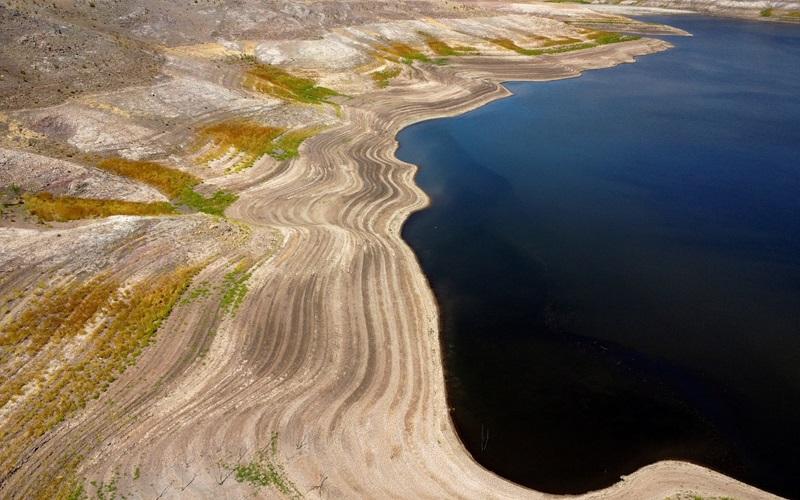Drylands now cover almost 41% of Earth's land - UN scientists

Some land areas around the globe, excluding Antarctica, became permanently dry due to rising aridity, according to a study by United Nations (UN) scientists.
Released on Monday, the UN Convention to Combat Desertification Science-Policy Interface (UNCCD-SPI) study found that during the three decades until 2020, drylands expanded by approximately 4.3 million square kilometers, or half the size of the Australian continent.
This means 40.6% of the land on Earth, excluding Antarctica, is currently made up of drylands.
“More than three-quarters of all land on Earth (77.6 percent) experienced a drier climate during the three decades leading up to 2020, compared to the previous 30-year period (i.e., 1961–1990), according to an analysis conducted for this report,” the UNCCD said.
“This widespread rising aridity increased the world’s drylands by more than 3 percent in recent decades compared to the earlier period (from 37.5 to 40.6 percent, excluding Antarctica),” it added.
Scientists said that the expansion of drylands, or areas where the amount of rain is less than 65%, appears to be recent, as analysis revealed that global dryland areas began increasing significantly in the 1990s.
Areas that became drylands in recent decades are found in the western United States, Mexico’s Yucatan Peninsula, northeastern Brazil, northwestern Argentina, the Mediterranean region, north of the Black Sea, the Sahel, the Rift Valley, northeastern South Africa, the border between Russia and Kazakhstan, a few localized areas in northeastern Siberia, large parts of Mongolia, northeastern China, and southeastern Australia.
Experts found that South Sudan and Tanzania in Africa have the largest percentage of land transitioning to drylands. China, on the other hand, is experiencing the largest total area shifting from non-drylands to drylands.
The study said human-made greenhouse gas emissions have contributed to rising aridity, which in turn has led to the expansion of drylands.
Aridity is described as the climatic and enduring condition of too little life-supporting moisture in an area.
“While more CO2 increases temperatures and influences the global climate system to affect aridity, it also exerts biophysiological effects, such as changing leaf stomatal conductance and plant water-use efficiency, to alter photosynthetic activity and affect overall plant growth,” experts said.
Further, the UN body fears that people living in drylands could reach up to over 5 billion in 2100 due to climate change.
“The population living in drylands could more than double—to more than 5 billion people—if climate change and human development follow a worst-case pathway through to the end of this century, according to projections developed for this report,” the study read.
“If emissions continue to soar and efforts to mitigate and adapt to climate change are mired in regional rivalries, close to 40 percent of the projected world population expected for this scenario could inhabit drylands and face significant risks from aridification by 2100,” it added.
Aside from migration, aridity can also affect agriculture and food production.
“Aridity is considered the world’s largest single driver behind the degradation of agricultural systems, affecting 40 percent of Earth’s arable lands—or about 5.7 million square kilometers—and another 7 percent if the synergetic effects of soil erosion are added to the total,” the study said.
The less moisture brought by aridity has an impact on people's health.
“Rising aridity that contributes to water scarcity often forces local people to use water that is poor quality or polluted. Drinking polluted water can involve digestion of heavy metals and other toxic elements, increasing the risks of cancer, cardiovascular diseases, and other illnesses,” the study added.
Among the recommendations for mitigation and adaptation of aridity include strengthened aridity monitoring, improving land use practices, investing in water efficiency, building resilience in vulnerable communities, and developing international frameworks and cooperation.
“These impacts from climatic conditions within drylands underscore the necessity for adaptive strategies in both natural and human systems to meet the challenges posed by limited water resources and harsh environmental conditions,” the UN scientists said. — VBL, GMA Integrated News




